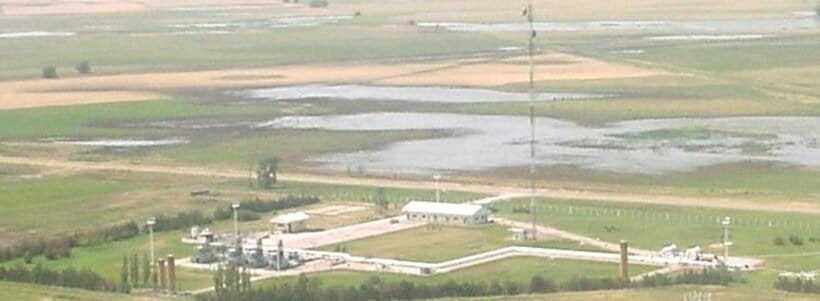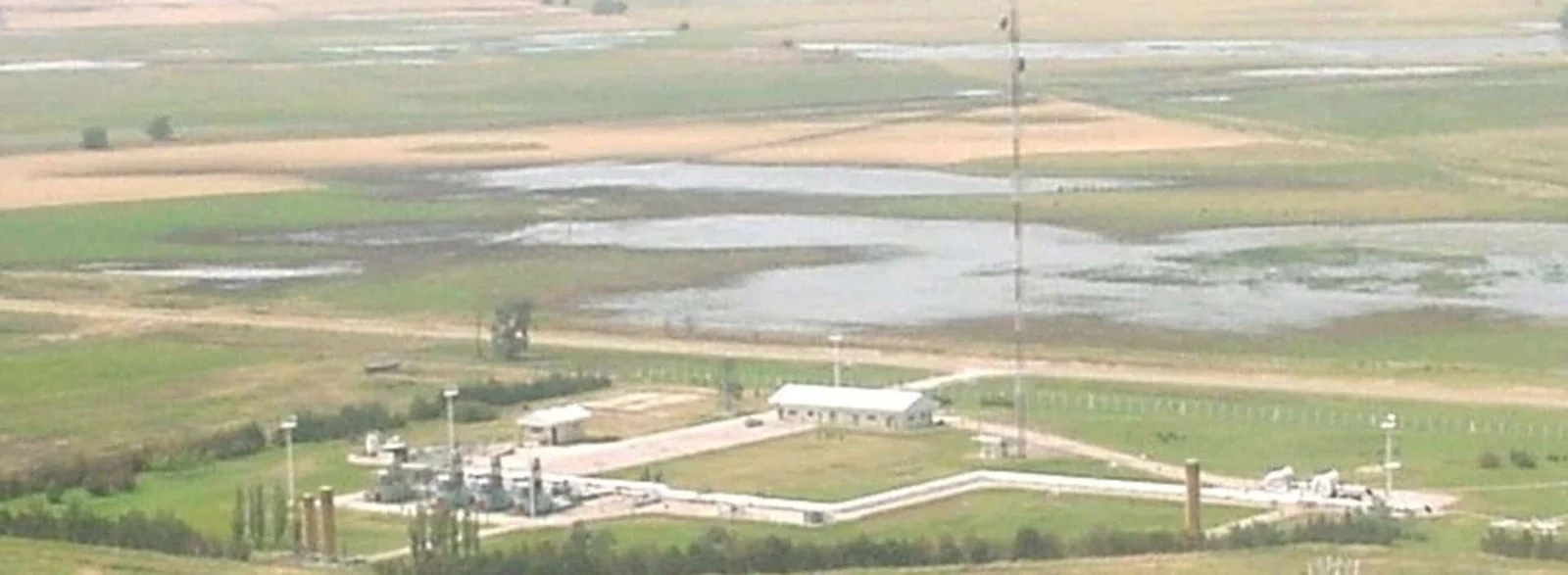How to calculate direct labor hours for a Project – Man hours Calculation
How to calculate direct labor hours. Using a detailed estimation method is the only way to get a reliable estimate.
To obtain a reliable estimate, it is essential to quantify the work correctly.
To achieve this, reliable labor performance data must be available.
Contractors typically use their historical performance records as a database to calculate the number or fraction of hours required to complete each work procedure.
Such records are valid where the following is true:
To perform each task, we use the same working method used to get the historical information
For example:
A task to be performed: cutting and beveling an NPS 6“ – SCH 40 carbon steel pipe.
In this task, the execution time changes, depending on whether the task is done with an oxyacetylene torch and grinder, or with a cutting and beveling machine.
For historic performance to be valid, jobs must be performed under certain conditions
The historical yields are only valid within the one field of certain conditions.
For example:
It is known that the performance to carry out the identical job with the same crew, varies depending on whether they work in an area with moderate climates or low temperatures.
These historical efficiencies, achieved under given conditions, are commonly called standard conditions.

Criteria that define standard conditions in Author charts – How to Calculate direct Labor Hours
The criteria defining the standard conditions under which the measurements reported in the tables were obtained are as follows:
- The performance of the work is not affected, for example, by any other active establishment.
- The consumption of hours worked by activity, as shown in the tables, is that used by a standard team consisting of one assistant and two officers.
- For welding joints, the qualification of the welder is dependent on the type of joint to be welded.
- The tasks are performed in a temperate climate, with mean temperatures between 5 °C and 35 °C, and winds of less than 30 km/h.
- The area where the work is carried out is free of contamination, without risk of an explosive or flammable atmosphere.
- The work is performed during the day.
- The work is carried out on a site where the floor is flat and dry.
- The maximum height of the work area must not exceed 1.50 m above the ground.
- Minimum clear height for covered areas = 2.60 m.
- Maximum transport distance from storage or unloading area to construction sites of 300 m.
- The operator, gate, is 200 m or less of the work area.
- Engineering deliverables and supplies are received according to the project schedule.
- Trained field staff is available.
- Appropriate construction equipment and tools are available.
- The work site is at a height above sea level, such that the altitude of the place does not require additional effort from the workers.
This table does not include:
- Build and remove the scaffolding.
- Repairs for design errors.
- The consumption of work hours of TABLAS does not include labor of torque or revision of torque of bolts in flange joints.
- It excludes the consumption of working hours for the manufacture of accessories.
- It does not include the consumption of man-hours for supports, painting, or pipe insulation.
In general, companies have a reliable historical performance database that they review and update as they carry out work using the continuous improvement criteria.
In the next post, we will analyze more details about this subject. Check Project Completed Successfully
How to Calculate direct Labor Hours – Calculate Man Hours.
